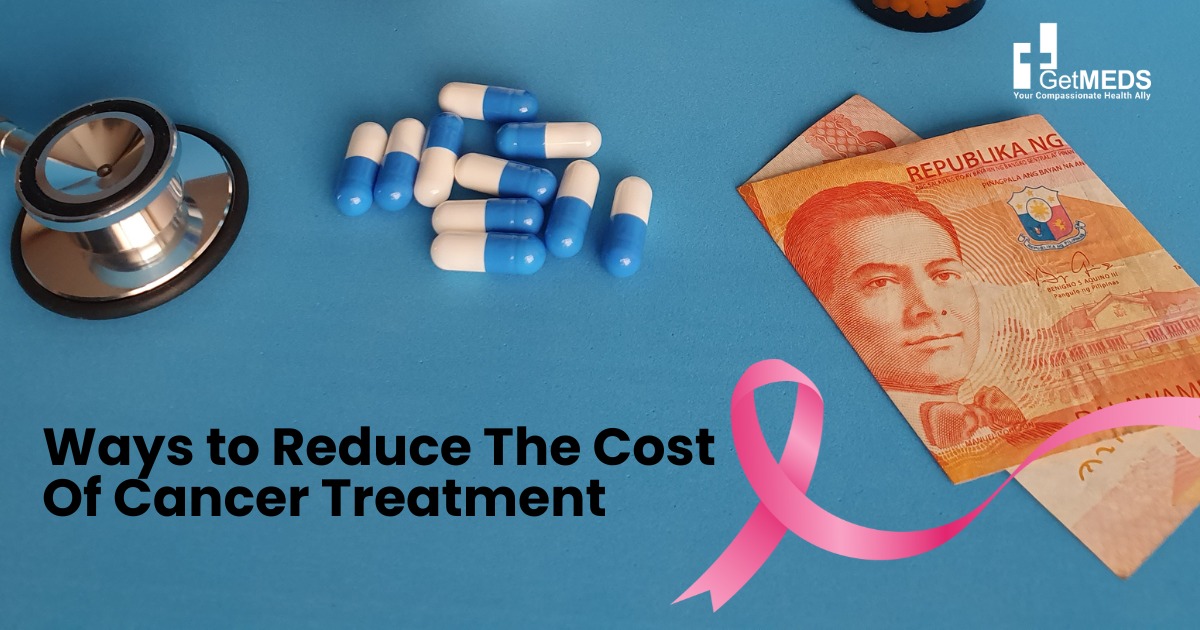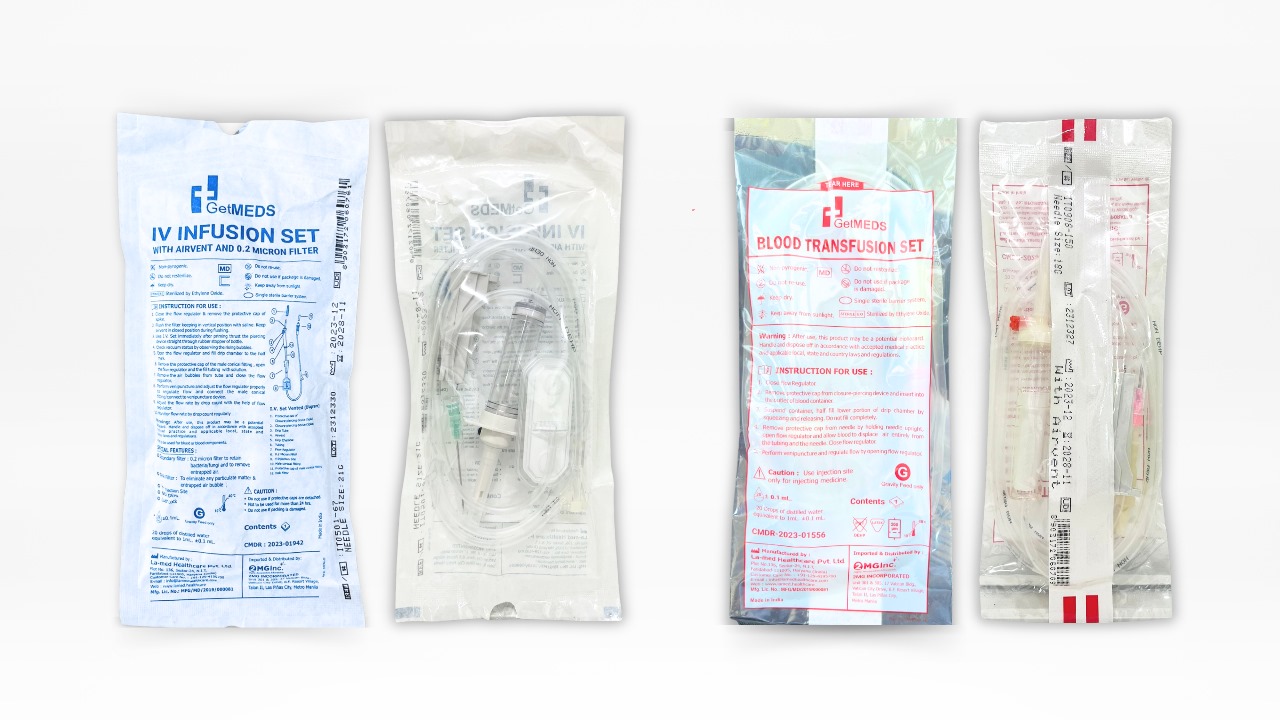Also known as NHL, Non-Hodgkin’s Lymphoma is a cancer type that originates in cells of your immune systems as well as lymphatic, like blood cells called lymph node tissues and lymphocytes. In this disease, tumors develop from the lymphocytes i.e., a white blood cell type. After the doctor has determined your NHL’s extent, cancer will be given a stage.
Knowing the same supports the doctor in deciding the Prognosis of non-Hodgkin’s lymphoma cancer as well as treatment alternatives. Please note that this cancer is more common as compared to the other common lymphoma type i.e., Hodgkin Lymphoma.
Furthermore, there are a lot of distinct subtypes of Non-Hodgkin’s Lymphoma in existence. In fact, NHL has over 60 subtypes that are recognized by the WHO. Among the most usual ones are Follicular Lymphoma and Diffuse Large B-Cell Lymphoma (DLBCL). Since Lymphatic tissue is found in the body’s many parts, NHL can begin almost anywhere.
This disease can develop at any age as well as is common in young adults and children. However, the risk enhances as the person ages, & over half of those with this disease are 65 or older when they undergo the tests for non-Hodgkin’s lymphoma cancer.
Table of Contents
What is the prognosis of NHL?
The progression of this ailment can be good, however, depending upon the lymphoma type, the extent of spread (staging), besides response to the therapy. Your healthcare provider will have a discussion with you about the prognosis. Always remember that the overall 5-year survival rate for individuals with this disease is 71%, while the overall ten-year survival rate is 60%. Moreover, 5-year survival is the measure utilized for predicting and gauging cancer’s severity.
- Make sure that you discuss staging, risk factors, & classifications with the healthcare team since none of these numbers apply to a single patient without keeping in mind every circumstance of the patient’s illness.
- Don’t forget that the prognosis can vary by Lymphoma type and stage, along with patient-specific elements.
- A lot of symptoms, besides present and past illnesses of a patient, contribute to the Prognosis of non-Hodgkin’s lymphoma cancer.
- Please note that T-cell Lymphomas have a poorer prognosis as compared to B-cell NHL.
There are a few prognosis tools that a lot of clinicians can utilize, like the IPI (International Prognostic Index) for DLBCL as well as FLIPI (Follicular Lymphoma International Prognostic Index). Moreover, advances in the diagnosis & treatment of NHL have assisted better the prognosis for individuals with this ailment.
Non-Hodgkin’s Lymphoma Cancer Diagnosis
The doctor will likely ask you about the family and your personal medical history. He/She might then have you undergo procedures and tests for diagnosing Non-Hodgkin’s Lymphoma, which include
- Blood & Urine Tests – It might assist rule out the infection or any other disease.
- Physical Examination – The doctor checks for the swollen lymph nodes, including in the underarm, groin, and neck, along with the swollen liver or spleen.
- Lymph Node Test – For the diagnosis of non-Hodgkin’s lymphoma cancer, your doctor might suggest the lymph node biopsy process for removing all or a part of the lymph node for lab testing. Examining the lymph node tissue in the laboratory might reveal whether or not you have this disease and, if you do have it, which type.
- Bone Marrow Test – The Bone Marrow biopsy & aspiration process includes inserting the needle into the hipbone for removing the bone marrow’s sample. It is then analyzed for finding Non-Hodgkin’s Lymphoma cells.
- Imaging Tests – The doctor might suggest imaging tests for searching tumors in the body. Tests might include CT, X-Ray, PET (Positron Emission Tomography), and MRI.
Other procedures and tests might be utilized as per your condition.
Treatment
In case there is a need for treatment, there are many alternatives utilized in combination or alone –
Radiation Therapy – Radiation’s high doses shrink tumors and destroy cancer cells. Health care experts utilize this modality along with other remedies or alone. The side effects of this treatment of non-Hodgkin’s lymphoma cancer often depend upon the therapy’s dosage and type besides the area going through radiation therapy.
Chemotherapy – Health care experts apply this drug treatment either in the oral form or as the injection that destroys cancer cells. It can involve multiple medications or a single medication, as well as health care experts, might give it along with the other therapies or alone.
Biological drugs – These medicines boost the ability of your immune system for fighting cancers. Furthermore, Monoclonal antibodies treat Non-Hodgkin’s Lymphoma.
Stem Cell Transplant – This process permits the patient to receive huge doses of radiation therapy or chemotherapy for killing the lymphoma cells which might survive therapy’s standard levels. Physicians utilize this therapy in case of the lymphoma returns after the treatment.
Radio Immunotherapy Medicines – These are made of the monoclonal antibodies which directly transport the radioactive material to the cancer cells. Since the radioactive material is directly traveling & binding to the cancer cells, they absorb more radiation.
Please note that there are new advancements in the treatment of non-Hodgkin’s lymphoma cancer which can be expected with additional research tactics as well as technological development. Clinicians can support symptom management and pharmacotherapy as well as be important members of the interdisciplinary team. They must develop a relationship with the patients & their families. Also, patients must feel support, trust, and security from the members of their interdisciplinary health care team.
When we say, “5-year survival rate”, what we mean is the percentage of individuals who live for a minimum of years after they receive the diagnosis. The entire 5-year survival rate for this disease is 71%. However, it is relevant to keep in mind that the figure is dependent upon averages. Always remember that the outlook of a person depends upon cancer’s stage and type, along with other factors. Furthermore, you should consult with your doctor for gaining more detailed data on factors particular to your condition.

 Login/Register
Login/Register
-777x437.png)










Be the first to comment on "Non-Hodgkin’s Lymphoma Cancer: Take A Look at its Diagnosis & Treatment"